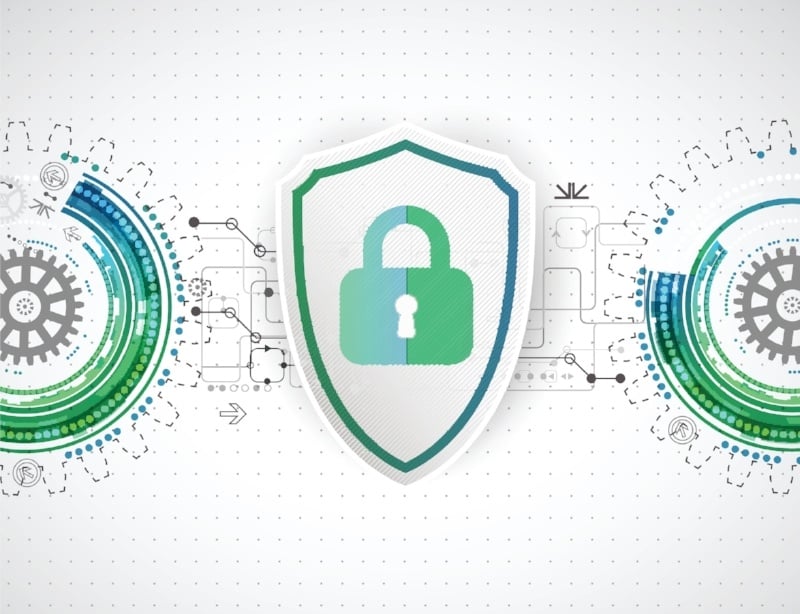
Globalization and dependence on the internet for data storage over the past decade has exposed companies to a whole new set of risks. As this trend continues, so too does the risk associated with breaches of domestic or international servers. Massive data breaches happen with alarming frequency. In the past few years, there have been several high profile attacks affecting companies like:
- Yahoo
- Target
- Sony’s Playstation Network
- Dropbox
- Tumblr
- The Home Depot
- Evernote
- Sony Pictures Entertainment
But many companies don’t sufficiently mitigate the risk posed by cyber threats.
Would your company and customer data be protected if it were the target of a hacker?
As technology evolves, so do the attempts of hackers to breach personal and firm-wide data servers.
All companies have a responsibility to focus on managing the unpredictable threats that are a result of doing business in today’s technologically advanced world. They also must optimize their ability to respond and recover in the event of a breach.
Effectively managing cyber risk requires strategic insight and technological prowess. Cyber risks should be addressed in a three-dimensional way. As important as it is to safeguard data, many organizations’ cyber risk management processes often overlook risks outside the company’s servers and firewalls.
If your company is one of many considering implementing a comprehensive cyber risk management program, below are four steps that you should take in order to accurately evaluate cyber risk:
1. Be proactive.
Identify potential weaknesses and fortify them. Establish policies and procedures to manage data security within your organization before a breach forces you to act.
2. Hold people accountable.
Expand the responsibility for data security to encompass all levels within the organization, and create a culture where data security is a top priority.
3. Minimize the opportunity for a breach.
Take steps to limit the number of users with administrative access to secure systems that house sensitive data, and protect your network and IT infrastructure appropriately.
4. Cover all of your bases.
Consider purchasing cyber risk insurance to cover any potential financial loss your company may face if its data was breached, and have a response plan in place.
Executing these steps to manage cyber risk is a crucial piece in establishing any enterprise risk management (ERM) program. If you already have an ERM framework in place, ensure cyber risk is part of it. If you don’t currently utilize an ERM system, consider implementing one. A successful ERM program comprehensively manages your company’s risks, including cyber risk. It’s important that those companies that may fall victim to cyber-attacks can respond in an effective and efficient manner which would, in turn, minimize loss and other fallout of a data breach.
{{cta(‘f459754f-24d1-4d0d-9010-b5b5083a94bd’)}}


